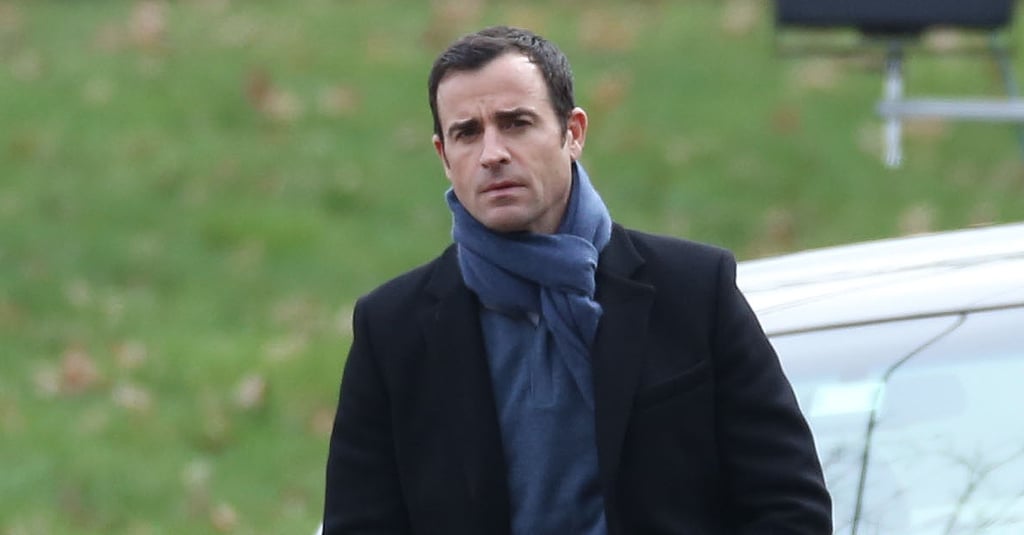At best, Tate Taylor’s “The Girl on the Train” (based on the
best selling novel by Paula Hawkins) addresses the devastating effects of
domestic abuse, especially when the abuser manipulates the abused into
questioning their own memory and sense of perception. In the film, this issue
is placed at the center of a twisty mystery yarn, which isn’t an inherently bad
thing except that ultimately it’s treated merely as a final plot twist (in a
not all that compelling mystery narrative) reducing its impact. In addition,
“The Girl On the Train” suffers from some really clunky filmmaking that further
dilutes this important subject matter.
It all starts with a woman named Rachel, (Emily Blunt) a
divorcee who takes the train from upstate New York to the city (and vice versa)
every morning and evening. Simply put: Rachel is a mess. She’s a raging
alcoholic, (drinking whole bottles of vodka out of a water bottle) causing her
to stalk and harass her ex husband Tom (Justin Thereoux, calming and menacing
at the same time) and his new wife Anna (Rebecca Ferguson). On the train,
Rachel always takes a window seat allowing her to sadly look into all the
suburban houses along the track imaging what the residents’ lives must be like.
She becomes obsessed with a young woman named Megan, (Haley Bennett) and her
husband, Scott (Luke Evans).
As an alcoholic, Rachel is prone to frequent blackouts,
which is what ensnares her in the film’s central mystery. Megan goes missing
one night and Rachel is a suspect. That’s all I’m going to say as far as plot
is concerned. Blunt is phenomenal as Rachel, giving a nuanced and understated
performance as a lonely, deeply damaged woman. But Rachel doesn’t stay a
victim, as the movie goes along she becomes more determined and resilient.
However, I wish the
film around her were better. One of the main problems is the “missing person”
storyline at the center proves to be underwhelming. The mystery behind Megan’s disappearance involving
pregnancy and adultery isn’t nearly as interesting as the movie thinks it is.
It grows more convoluted and near the end it crosses into Soap Opera territory. Bennett does what she can but isn’t given all
that much to do but look sad. Meanwhile, Evans and Edgar Ramirez (as Megan’s
therapist) are around only to be potential suspects. There's little substance to them.
More compelling is the theme of psychological abuse and how
it affects Rachel and her unstable state of mind. There’s a very particular (and sad) reason
why she’s so messed up in the first place. You could make a film about that, without another woman having to
disappear. In this film, the psychological abuse aspect is used mainly as a
final plot twist to get to what happened to Megan, which cheapens it and the
entire movie. Perhaps Hawkins or the company that published the book felt they needed
the missing person drama to sell more copies? Either way, “The Girl On the
Train” focuses on the wrong conflict.
Taylor’s direction is overdramatic and silly, I guess to match its Soap Opera mystery. There are a
lot of slow motion shots and crooked camera angles, along with ringing on the
soundtrack to imitate Rachel’s hazy state of mind and make the film more
suspenseful. Though, it gets stale and annoying real fast. Stylistically, it
feels tacky and forced. At a certain point you’re very aware of the overblown
attempts to put you on edge instead of actually being on edge. The filmmaking
frequently makes ‘The Girl on a Train” resemble a silly made-for-TV mystery.
Even worse, the film contains too much voice over narration,
a literary technique that doesn’t transfer very well to film. Sometimes
voiceover can be used to add personality to the characters (think of Martin
Scorsese films like “Casino” or “Goodfellas”) but here it’s lazily used to
explain plot and character motivations, or rather over explain. The film leaves
little for us to interpret on our own.
The ending of “The Girl on a Train” is satisfying in the
sense that it ties up all loose ends and the antagonist gets their comeuppance.
In that regard, it’s easy to see why the book is so popular. At the same time,
considering the subject matter, I think the resolution is much too quick and smooth. It
makes things easy to digest, but should a movie about domestic abuse be easy
to digest? I don’t think so.
C-


No comments:
Post a Comment